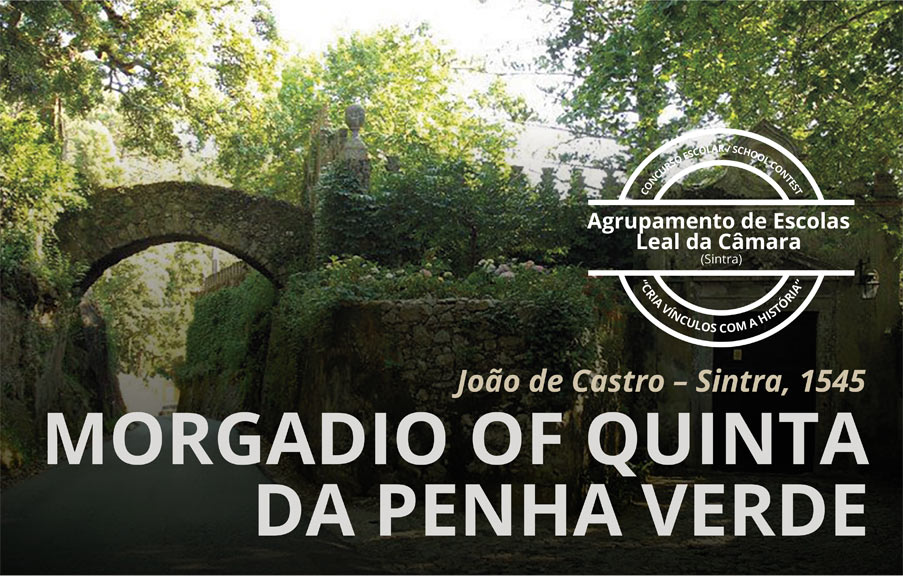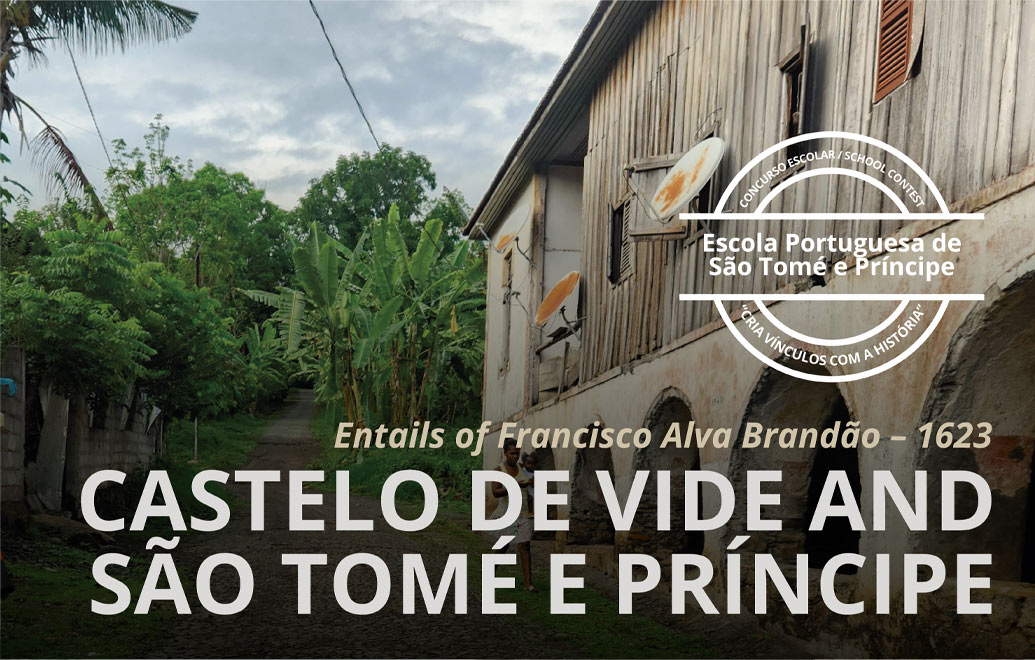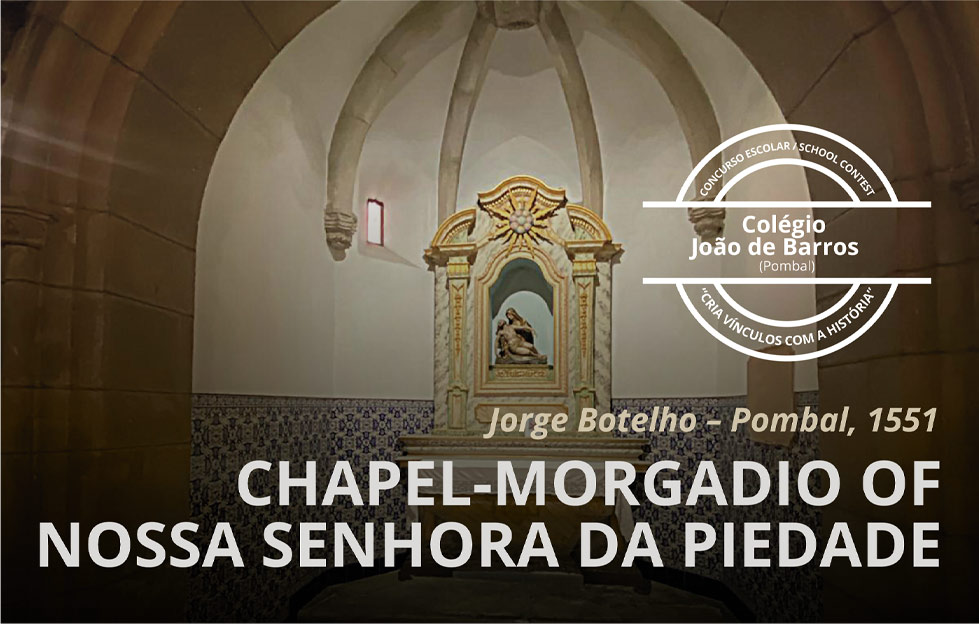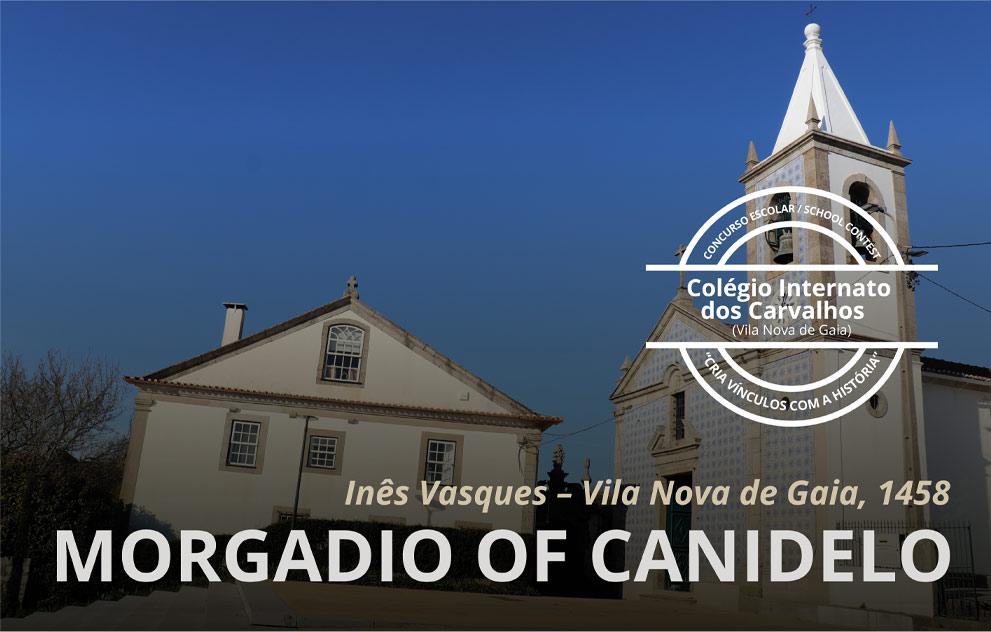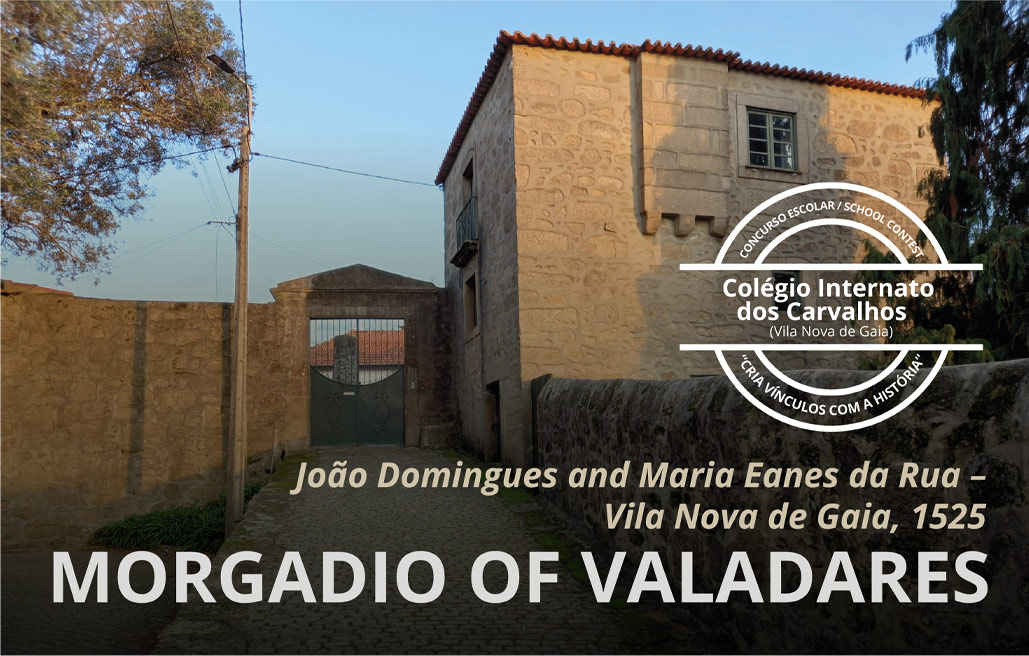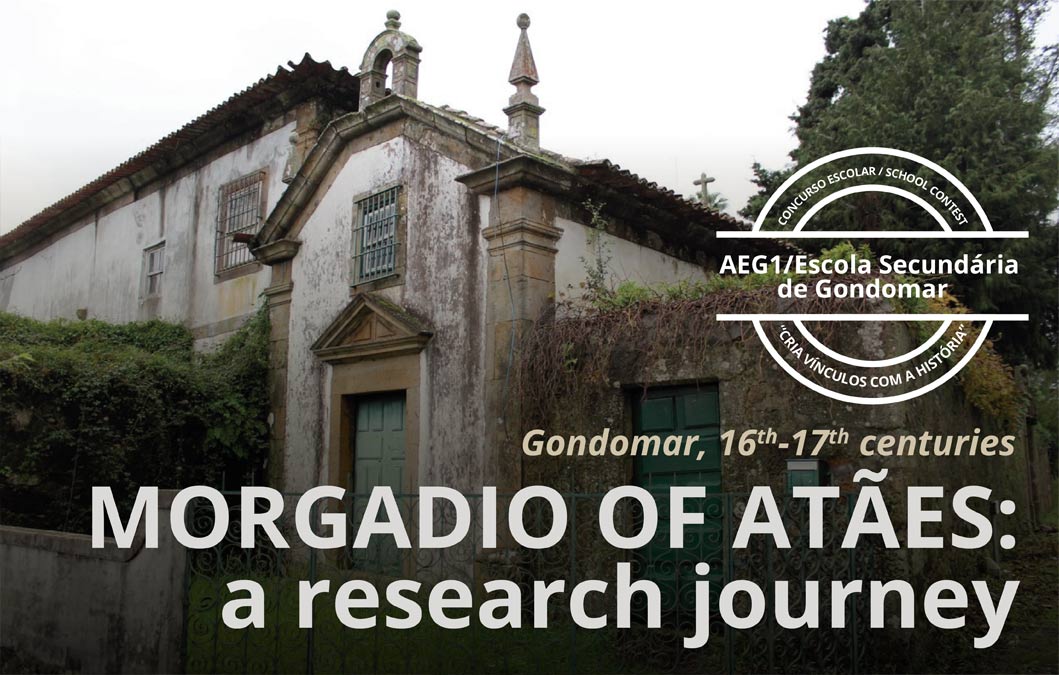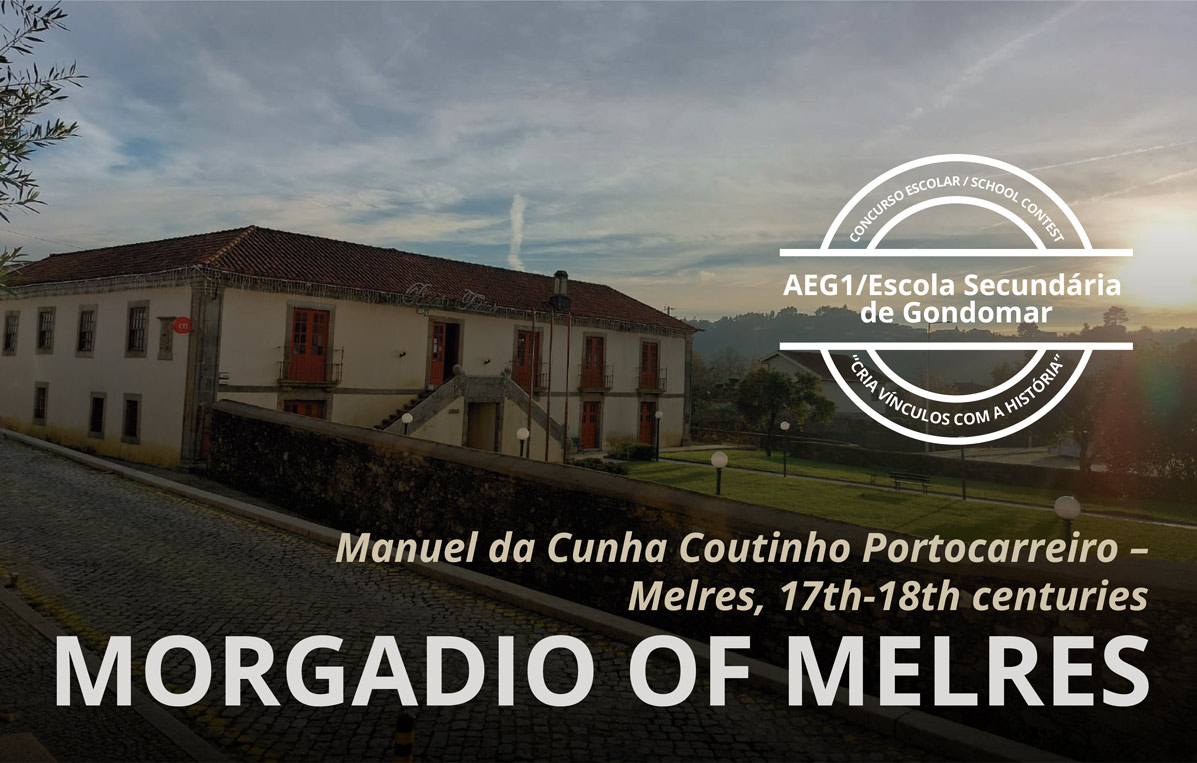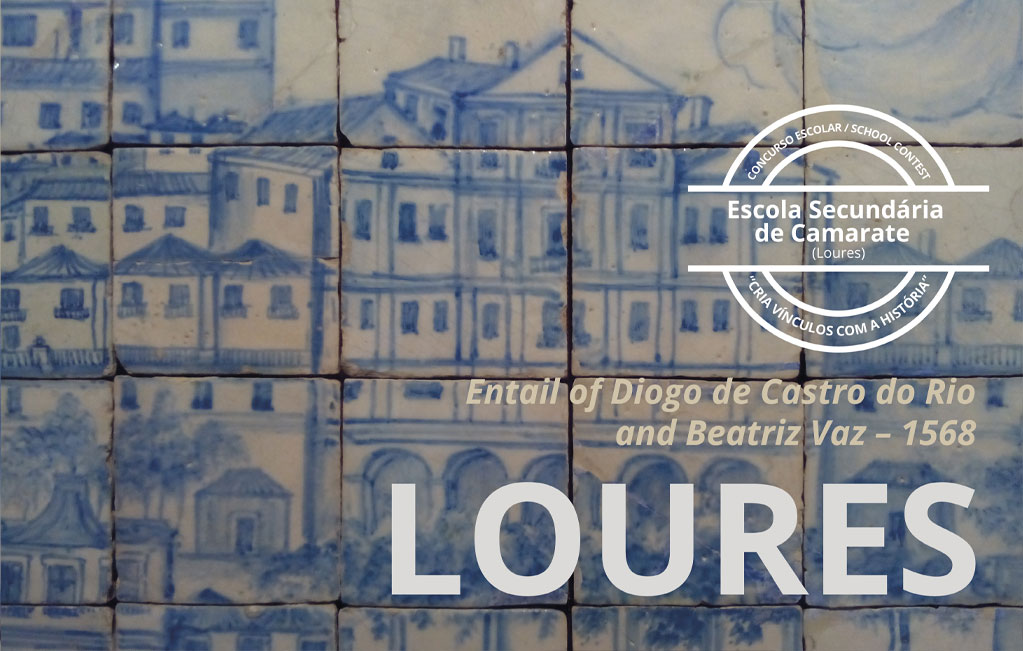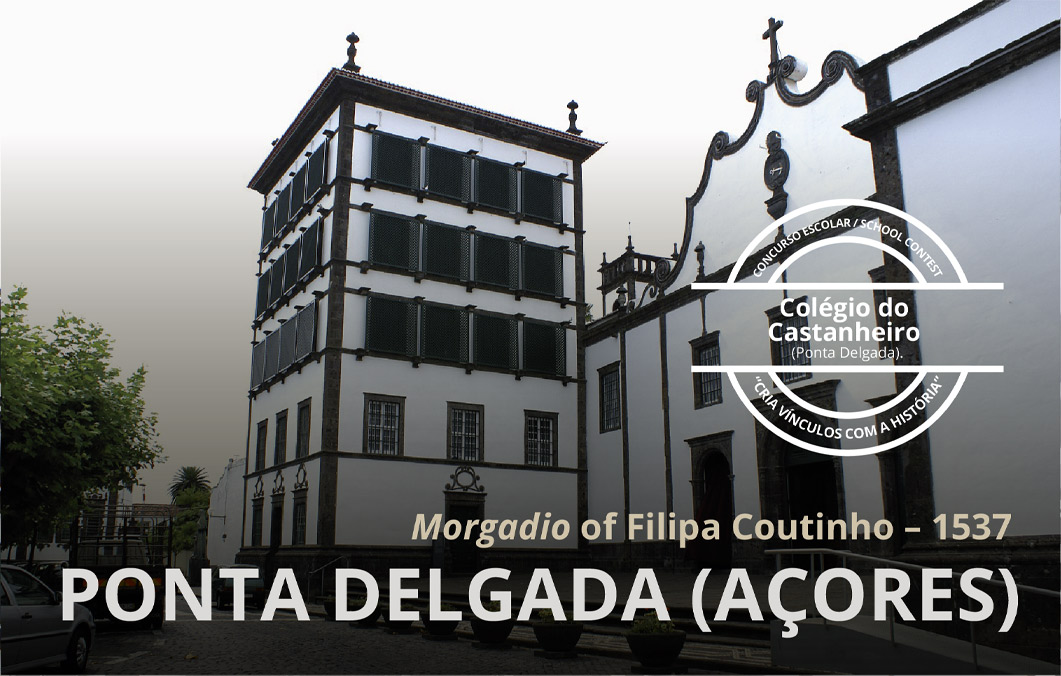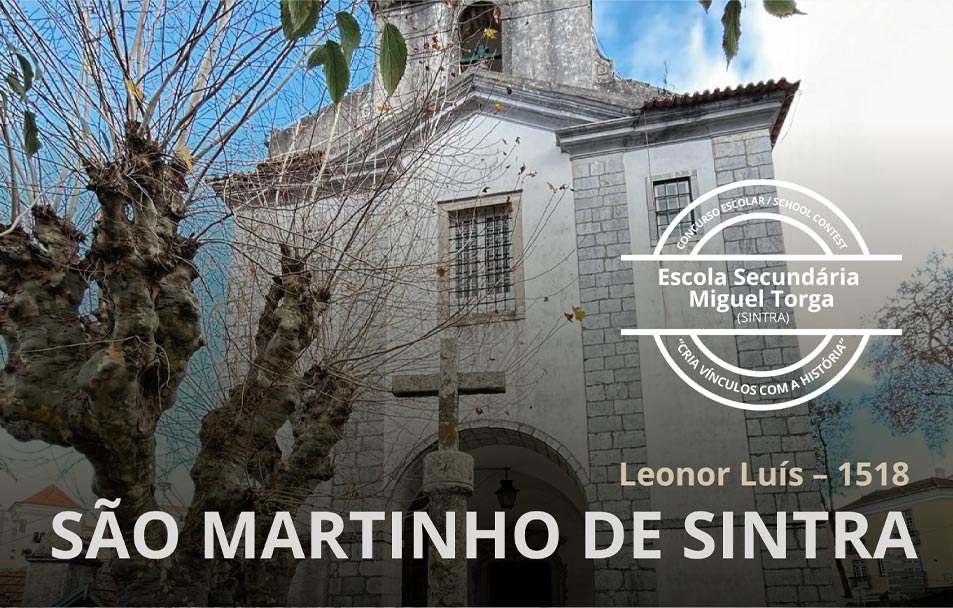Entail of the month (October, 2021)
Chapel-morgadio of Lopo Mendes do Rio & Leonor Dias
Lisbon, 1501
In his will, written on 5 April 1501, a nobleman of the royal household, Lopo Mendes do Rio, founded a chapel in the convent of São Domingos de Benfica, Lisbon, along with his wife, Leonor Dias. It seems likely that the choice of monastery was not entirely down to the founder’s personal devotion. In fact, King Manuel I had often lent support to some of his courtiers – who despite their wealth needed to be familiar enough with the king, to cement their social ascension – as a way of promoting reform of the religious orders. This way, founding a rich funerary chapel contributed to the exertions and enrichment of the monastery where it was located, while reinforcing the royal plan. At the same time, it added to the prestige of the courtiers benefitting from it (ROSA 2012, p. 396; ROSA, 2013). The king’s decisive role in the reformation of the Dominican Order at São Domingos de Benfica dates exactly from between 1500 and 1501.
Lopo was one such courtier. He was in the affinity of King João II, whom he had served as treasurer. According to the chroniclers of the time, he witnessed the murder, at the king’s own hands, of Diogo, duke of Viseu, in 1484 (OLIVEIRA, p. 545, nt. 2749). Until 1485 he was the treasurer in the Casa de Ceuta, the oldest among the customs houses created to collect and sell goods of African origin (LEME, 2018, p. 89; CAETANO, 2015). He left the role to become the governor of Sesimbra castle, amassing significant rents, pensions, and privileges. This marked Lopo’s entry in an established “circuit of ennoblement”, perhaps also due to the loyalty shown to the monarch in perhaps the most dramatic episode in João II’s reign, as described. Eventually the Sesimbra alcaidaria and its rents went back to the Crown, and in return Lopo gained access to valuable assets in the Sacavém royal domain, a reguengo (ANTT, Chancelaria de D. João II, lv. 12, fl. 4v-5). His influence at court continued during Manuel’s reign, as shown from his possessing houses in Tanoaria street, Lisbon. This place became known as “postigo de Lopo Mendes”, after an opening made in the wall in front of the houses which he had ordered to be built, standing next to storage facilities which King Manuel also had given him. Tanoaria street formed an axis between Ribeira royal palace and Vila Nova da Oliveira, one that Lopo shared with other inescapable figures in Lisbon’s trade and the royal high administration, all of whom faithful servants of King Manuel (LEME, 2018, p. 90; ROSA, 2012, p. 365, 379).
As a mandatory step up in social mobility and “proof of success and integration in the social elite” (ibid., p. 598), the chantry meant the constitution as an entail of assets worth over two million réis, assembled through the founders’ partaking in the overseas trade and the sale of owned properties in Unhos and Frielas. The transaction brought along the foundation of an entail relying in terças, on Leonor Dias’s express will: “and since said places belonged to Lopo Mendes, it is a condition that they both make a morgado out of the terças that his wife Leonor Dias approves” (ARQUIVO BRITO DO RIO, SERPA – “Testamento de Lopo Mendes do Rio e Leonor Dias, 05.04.1501”, pasta 11, doc. 20, pp. 4-5). Leonor’s intervention in writing the document should be stressed, because her role in defining the articles gave her a prominent share in the entailed assets and conferred on her rights of succession. As in several other cases, this gives a more balanced view of male hegemony in entails as a phenomenon. Part of the proceeds from this chapel-morgadio went to donations (of goods and gold cruzados) to the convent of São Domingos, to fulfil a set of liturgical celebrations in memory of the founders and on behalf of the parish, to be spent with the maintenance of the properties entails. Finally, the proceeds could go to “charitable works”, such as ransoming religious prisoners or the endowment of orphan girls (ibid., p. 1).
Despite this, the succession to the chapel still fell to the firstborn male. So as to protect the patrimony from being divided or alienated, the following was established: “[Concerning] Male children or more, and [if] the oldest has already fathered a legitimate firstborn son. If this firstborn dies, having already been a father during the life of his father before being an administrator of the said morgado, in this case the said morgado goes to the second son of the said holder of the morgado, and not to the grandson of the late firstborn son” (ibid., p. 8). Also to be noted was the obligation to adopt the surname “do Rio”, to underline the founding of the entail and to mark out a customary form of ennoblement. Finally, so as to prevent any relatives from claiming the morgadio, the vicar-general of the Dominican Order and the priests at the convent of São Domingos were given the task of appointing a new administrator, who must be “wise in conscience and of repute, capable of fulfilling and keeping the rules herein contained, and be at least forty years of age” (ibid., p. 11).
The couple’s eldest son, António Mendes do Rio was to oversee the administration of the assets, consisting in a vast set of properties and gold jewelry, such as a “big [necklace] belonging to the said Lopo Mendes, measuring twenty-seven turns” (ibid., p. 6). Lopo and Leonor’s financial means, as shown in their will, seems to have gone almost unnoticed in their burial, which dispensed with the funeral procession (ibid., p. 4). The fact remains, however, that the founders were to use the convent’s chapter house for their burial and burying their descendants’, a key space within the architectural and religious functioning in São Domingos (ROSA, 2012, p. 379).
Regarding the fate of the morgadio in Lopo Mendes do Rio’s lineage, the sources attest to the continued success of the founders’ descendants. The firstborn, António Mendes, became an appeal judge at the Casa da Suplicação (ANTT, Corpo Cronológico, parte I, maço 82, doc. 74); his daughter, Mécia, came to marry Antão Gonçalves, a naval captain in the India trade and the castle governor of Sesimbra, a position perhaps tied to his father-in-law (OLIVEIRA, 2008, p. 546, nt. 2752); while another child, Francisco, became a knight of the Order of Santiago and governor of one of the Order’s castles (PIMENTA, 2001, p. 429).
Despite this, the succession to the chapel still fell to the firstborn male. So as to protect the patrimony from being divided or alienated, the following was established: “[Concerning] Male children or more, and [if] the oldest has already fathered a legitimate firstborn son. If this firstborn dies, having already been a father during the life of his father before being an administrator of the said morgado, in this case the said morgado goes to the second son of the said holder of the morgado, and not to the grandson of the late firstborn son” (ibid., p. 8). Also to be noted was the obligation to adopt the surname “do Rio”, to underline the founding of the entail and to mark out a customary form of ennoblement. Finally, so as to prevent any relatives from claiming the morgadio, the vicar-general of the Dominican Order and the priests at the convent of São Domingos were given the task of appointing a new administrator, who must be “wise in conscience and of repute, capable of fulfilling and keeping the rules herein contained, and be at least forty years of age” (ibid., p. 11).
The couple’s eldest son, António Mendes do Rio was to oversee the administration of the assets, consisting in a vast set of properties and gold jewelry, such as a “big [necklace] belonging to the said Lopo Mendes, measuring twenty-seven turns” (ibid., p. 6). Lopo and Leonor’s financial means, as shown in their will, seems to have gone almost unnoticed in their burial, which dispensed with the funeral procession (ibid., p. 4). The fact remains, however, that the founders were to use the convent’s chapter house for their burial and burying their descendants’, a key space within the architectural and religious functioning in São Domingos (ROSA, 2012, p. 379).
Regarding the fate of the morgadio in Lopo Mendes do Rio’s lineage, the sources attest to the continued success of the founders’ descendants. The firstborn, António Mendes, became an appeal judge at the Casa da Suplicação (ANTT, Corpo Cronológico, parte I, maço 82, doc. 74); his daughter, Mécia, came to marry Antão Gonçalves, a naval captain in the India trade and the castle governor of Sesimbra, a position perhaps tied to his father-in-law (OLIVEIRA, 2008, p. 546, nt. 2752); while another child, Francisco, became a knight of the Order of Santiago and governor of one of the Order’s castles (PIMENTA, 2001, p. 429).
Joana Soares, Maria Beatriz Merêncio, Margarida Leme, Maria de Lurdes Rosa.
With the collaboration of António Assis (Arquivo Brito do Rio)
Coordination: Rita Sampaio da Nóvoa
This Entail of the Month draws from work produced for training activities in the VINCULUM Project and a science communication / heritage safeguard event. The archive was entrusted by its owner to the Project Team, to be organised and studied within the framework of a university-level curricular unit to introduce students to researching for projects. Throughout the second semester in the 2020-2021 school year, the unit was attended by undergraduate and master’s students, who were tasked with describing the documentation and conducting small studies on the entails found. We appreciate the collaboration of the following and permission to use parts of their work: Catarina Pinto, Helena Freitas, Helena Santos, Margarida Carapinha, Maria Leonor Pratas, Miriam Albuquerque, Patrícia Mourão, Natacha Baptista, Rui Mateus, and Vanessa Falardo. Our gratitude extends to António Assis, owner of the Arquivo Brito do Rio, for his unfailing collaboration and trust; and to Pedro Pinto for valuable information about Lopo Mendes do Rio.
ARQUIVO NACIONAL DA TORRE DO TOMBO (ANTT) – Chancelaria de D. João II, lv. 12, fl. 4v-5.
ARQUIVO NACIONAL DA TORRE DO TOMBO (ANTT) – Corpo Cronológico, parte I, maço 82, doc. 74. Available at: https://digitarq.arquivos.pt/details?id=3778022 [accessed on 28 September 2021].
ARQUIVO BRITO DO RIO, SERPA – “Testamento de Lopo Mendes do Rio e Leonor Dias, 05.04.1501”, in Certidão de registo vincular dos vínculos instituídos por Violante Mendes, Margarida Villa Lobos, Lopo Mendes do Rio e sua mulher Leonor Dias, dos quais era, na época, administrador Francisco Pimentel de Brito do Rio (1863.09.16), pasta 11, doc. 20.
CAETANO, Carlos – “ Um olhar sobre a Casa de Ceuta”, in Cadernos do Arquivo Municipal, 2nd series, nr 4 (July-December), 2015, pp. 65-86.
LEME, Margarida – Costas com Dom: Família e Arquivo (Séculos XV-XVII), Lisbon, Faculdade de Ciências Sociais e Humanas, Universidade Nova de Lisboa, 2018. PhD thesis. Available at: https://run.unl.pt/bitstream/10362/65519/1/TeseML%20final.pdf [accessed on 28 September 2021].
OLIVEIRA, José Augusto da Cunha Freitas de – Na Península de Setúbal, em finais da Idade Média: organização do espaço, aproveitamento dos recursos e exercício do poder, Lisbon, Faculdade de Ciências Sociais e Humanas, Universidade Nova de Lisboa, 2008. PhD thesis. Available at: http://hdl.handle.net/10362/11205 [accessed on 28 September 2021].
PIMENTA, Maria Cristina Gomes – As ordens de Avis e de Santiago na Baixa Idade Média. O governo de D. Jorge, Palmela, Gabinete de Estudos sobre a Ordem de Santiago, Câmara Municipal de Palmela, 2002.
ROSA, Maria Lurdes – As Almas Herdeiras, Fundação de capelas fúnebres e afirmação da alma como sujeito de direito (Portugal, 1400-1521), Lisbon, IN-CM, 2012.
ROSA, Maria de Lurdes – “A religiosidade de Álvaro da Costa: devoção, reformismo e distinção social”, in ROSA, Maria de Lurdes, D. Álvaro da Costa e a sua descendência, sécs. XV-XVII: poder, arte e devoção, Lisbon, IEM-CHAM and Caminhos Romanos, 2013, pp. 209-246.
Other entails of the month



